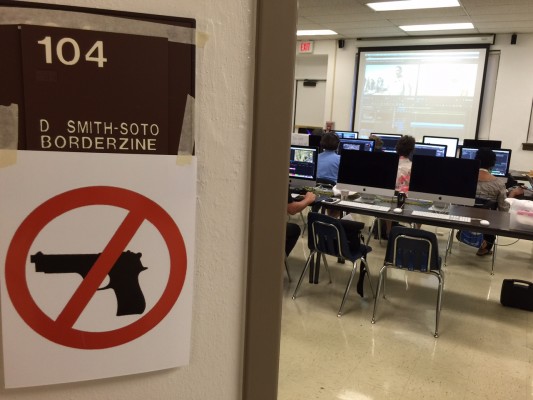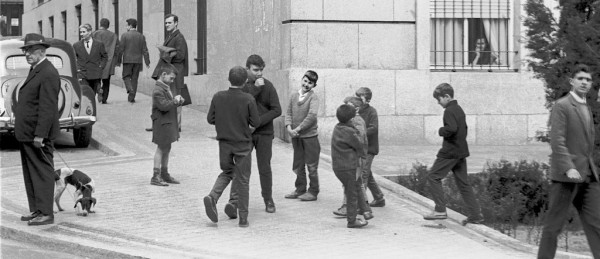Havana Hallelujah II — street photography captures grit and resolve after Trump slams the door
|
HAVANA – Applause rings out as my Southwest Airlines jet lands at José Martí airport the day after Trump told Cuban exiles in Miami that he was shutting the door Obama opened to normalize relations with Cuba. They always applaud. It’s my second trip to the Communist island in six months and the third in ten years to do street photography for an exhibit in Taos this fall and as I walk the cobblestoned alleys of the historic city it becomes obvious that folks here are taking in stride what Trump said. Trump lied to the old men of Brigada 2506, the veterans of the disastrous Bay of Pigs landing in 1961. He blustered that he was rolling back the rapprochement, which was a lie.

















